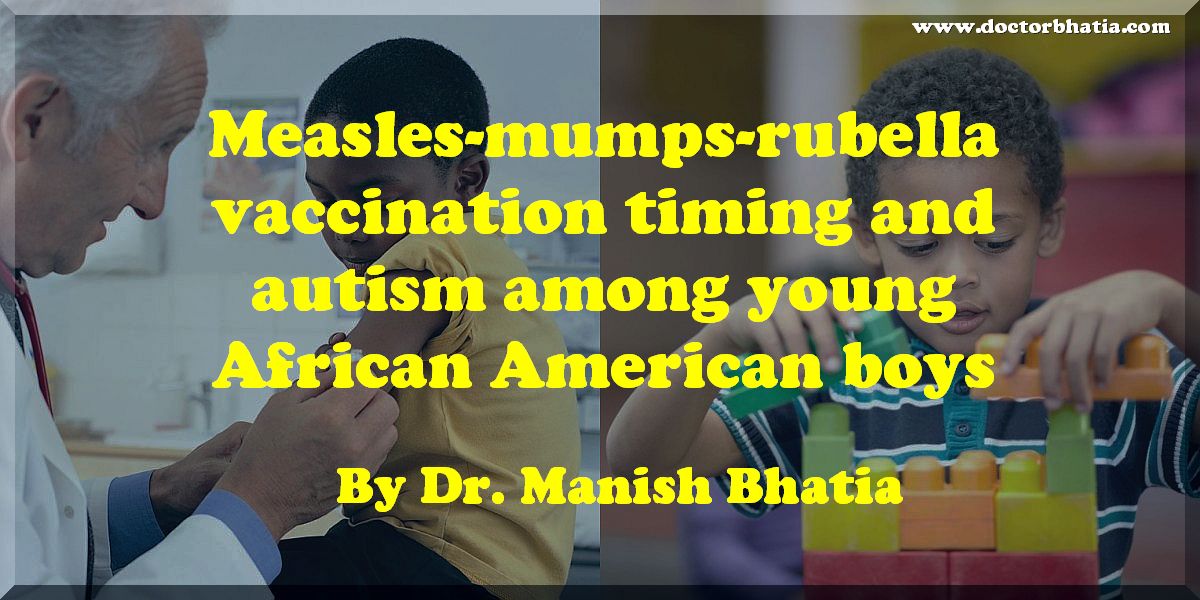Hooker BS
Abstract
BACKGROUND:
A significant number of children diagnosed with autism spectrum disorder suffer a loss of previously-acquired skills, suggesting neurodegeneration or a type of progressive encephalopathy with an etiological basis occurring after birth. The purpose of this study is to investigate the effectof the age at which children got their first Measles-Mumps-Rubella (MMR) vaccine on autism incidence. This is a reanalysis of the data set, obtained from the U.S. Centers for Disease Control and Protection (CDC), used for the Destefano et al. 2004 publication on the timing of the first MMR vaccine and autism diagnoses.
METHODS:
The author embarked on the present study to evaluate whether a relationship exists between child age when the first MMR vaccine was administered among cases diagnosed with autism and controls born between 1986 through 1993 among school children in metropolitan Atlanta. The Pearson’s chi-squared method was used to assess relative risks of receiving an autism diagnosis within the total cohort as well as among different race and gender categories.
RESULTS:
When comparing cases and controls receiving their first MMR vaccine before and after 36 months of age, there was a statistically significant increase in autism cases specifically among African American males who received the first MMR prior to 36 months of age. Relative risks for males in general and African American males were 1.69 (p=0.0138) and 3.36 (p=0.0019), respectively. Additionally, African American males showed an odds ratio of 1.73 (p=0.0200) for autism cases in children receiving their first MMR vaccine prior to 24 months of age versus 24 months of age and thereafter.
CONCLUSIONS:
The present study provides new epidemiologic evidence showing that African American males receiving the MMR vaccine prior to 24 months of age or 36 months of age are more likely to receive an autism diagnosis.
KEYWORDS:
Autism; Measles-mumps-rubella (MMR) vaccine
- PMID:
- 25114790
- PMCID:
- PMC4128611
- DOI:
- 10.1186/2047-9158-3-16

